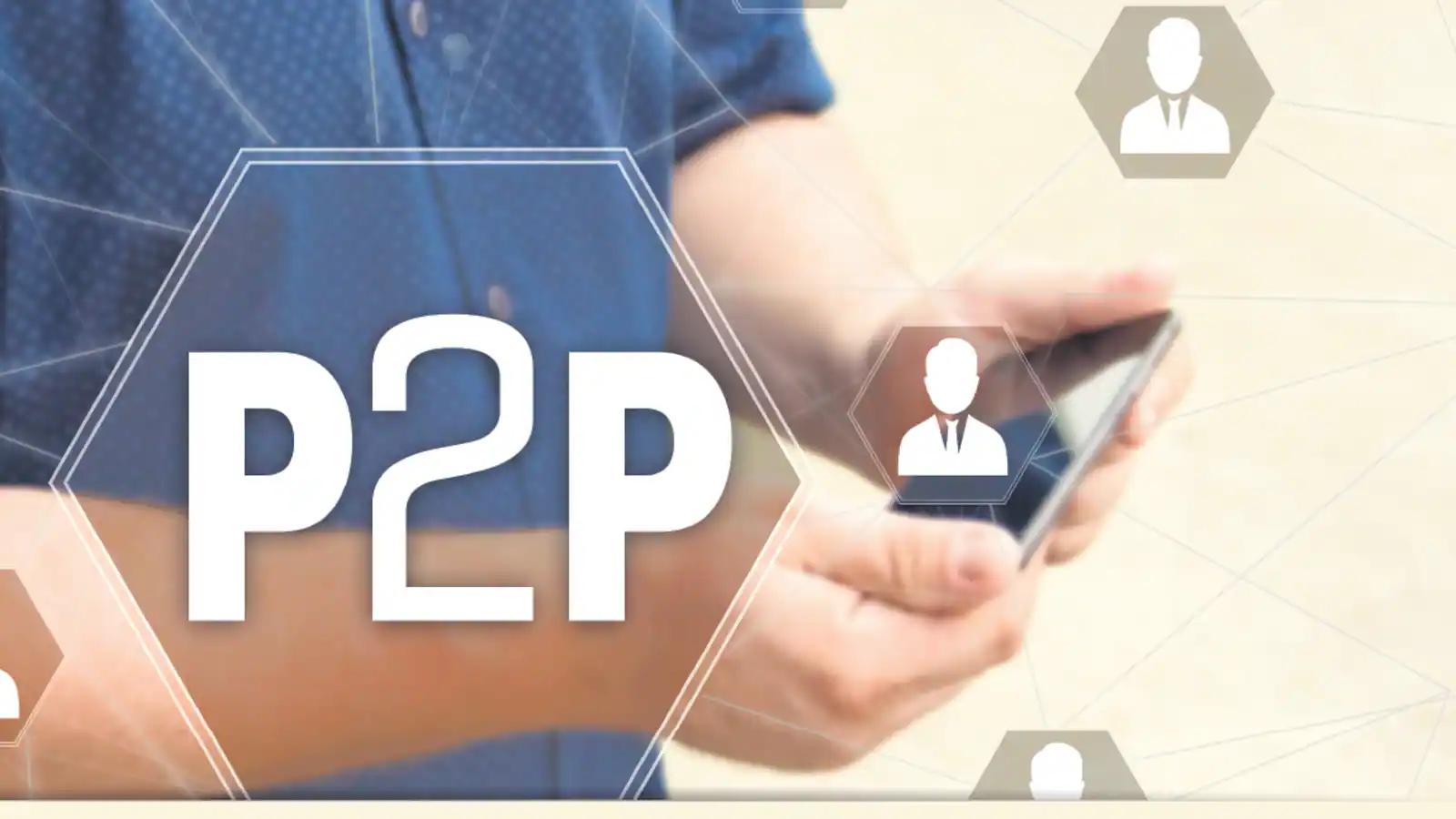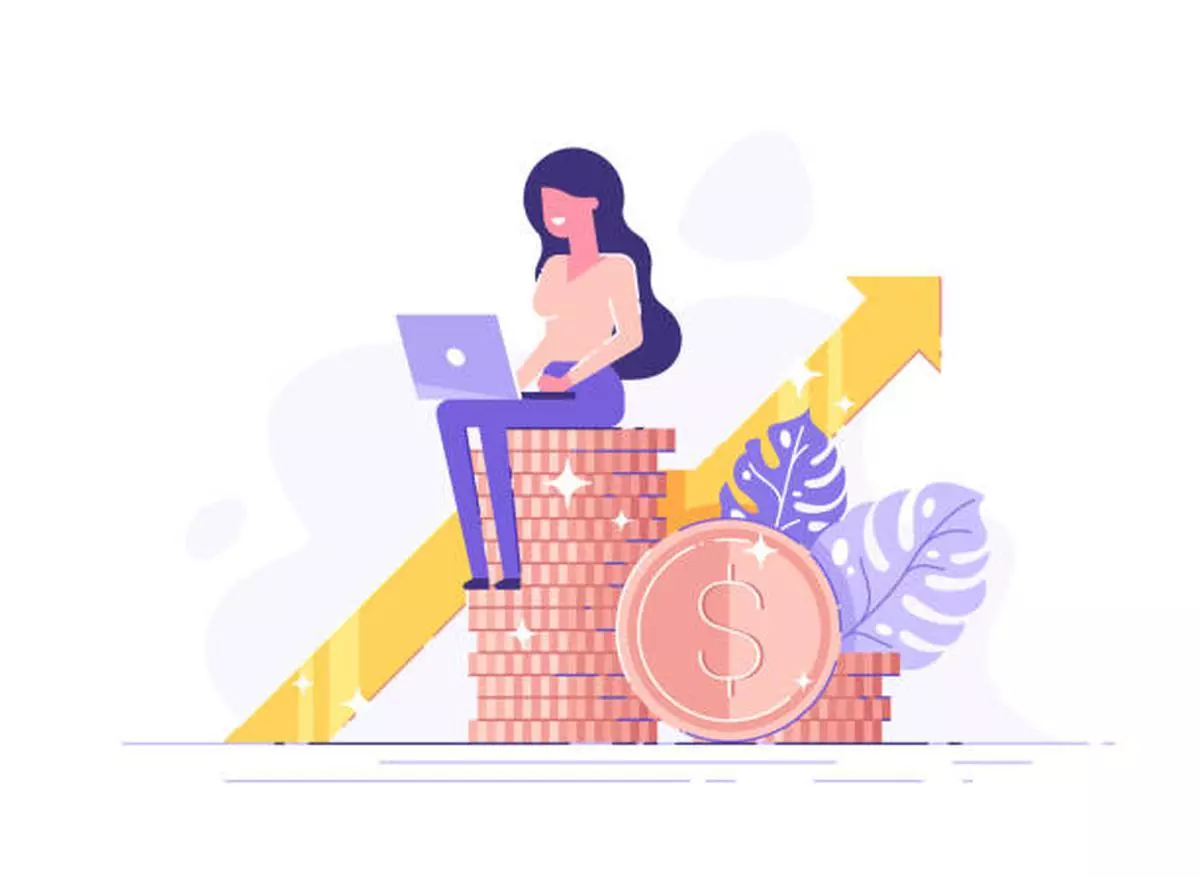Strategies For Paying Off Debt
When trying to reduce debt, there are various strategies you can implement to do so. These may include cutting spending, taking on additional work or taking out low-interest personal loans.
What works for you depends on your budget and goals. Before selecting an effective debt payoff strategy, ensure you know where you stand financially.
The Snowball Method
The debt snowball method combines disciplined minimum payments with motivation provided by small wins. Popularized by Dave Ramsey, it involves targeting your smallest balances first to gain confidence when dealing with larger loans.
This strategy may be especially helpful for individuals who struggle with discipline or need extra encouragement in making long-term commitments, as well as those looking to save for retirement or emergency funds.
The Debt Snowball Method works by listing your debts from smallest to largest and using disposable income to pay down smaller balances first, using any extra cash flow to put toward larger ones later on in your list. Over time, all your debts should have been cleared off completely.
The Avalanche Method
The debt avalanche method is an accelerated debt repayment strategy designed to pay back those debts with higher interest rates first, thus saving both time and money in interest charges – but it requires patience for it to work effectively.
Although this method takes longer to pay off, it’s the most effective strategy for eliminating high-interest debt. This strategy can be applied to credit cards, auto loans, personal loans and mortgages that carry high APR rates.
Repaying debt avalanche-style is another effective option for people who receive substantial extra income. Instead of using this extra money on non-debt expenses, focus it instead on attacking your priority debts with additional funds.
One of the more widely utilized debt reduction strategies, but not always suitable for every individual, is debt consolidation. If this strategy appeals to you, make sure you establish and track a realistic budget as part of this approach and set a goal to keep yourself focused and motivated throughout.
Make More Payments Than the Minimum
Paying down debt faster can save money on interest and boost your credit score; however, paying only the minimum can make it hard to emerge from debt quickly.
Your payments should exceed the minimum payment amount, since this will expedite debt payoff faster.
Use the snowball method as an effective debt reduction strategy. This involves allocating all of your extra funds toward paying off debt with the lowest balance first.
As soon as one debt has been cleared off your list, apply the minimum payment towards paying off another one until it too has been cleared off.
An alternative strategy is the Avalanche Method, which prioritizes payments towards debt accounts with higher-interest rates first. This may be particularly effective for credit card payments which tend to carry such steep rates of interest.
Consolidate
Debt consolidation allows you to combine your debts into one loan or credit card payment with lower interest rates and monthly payments, such as a debt consolidation loan, balance transfer credit card or home equity or 401(k) loan.
Consolidation debt may help you to escape debt faster; however, it could cost more in the long run.
Consolidating debts has the advantage of providing lower interest payments now but will ultimately net your creditors more profit in the future. Interest is calculated using how long it will take for you to pay it off and totaling it up at once.
Debt consolidation usually makes sense, but sometimes it might not. In these instances, it might be best to explore alternative strategies instead.












